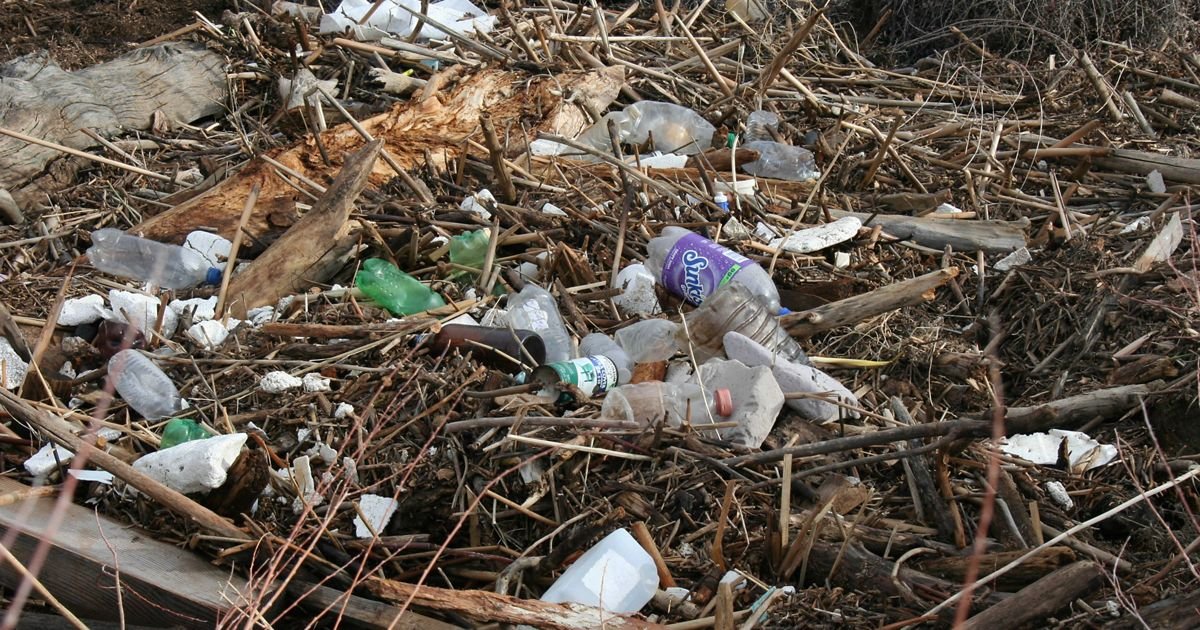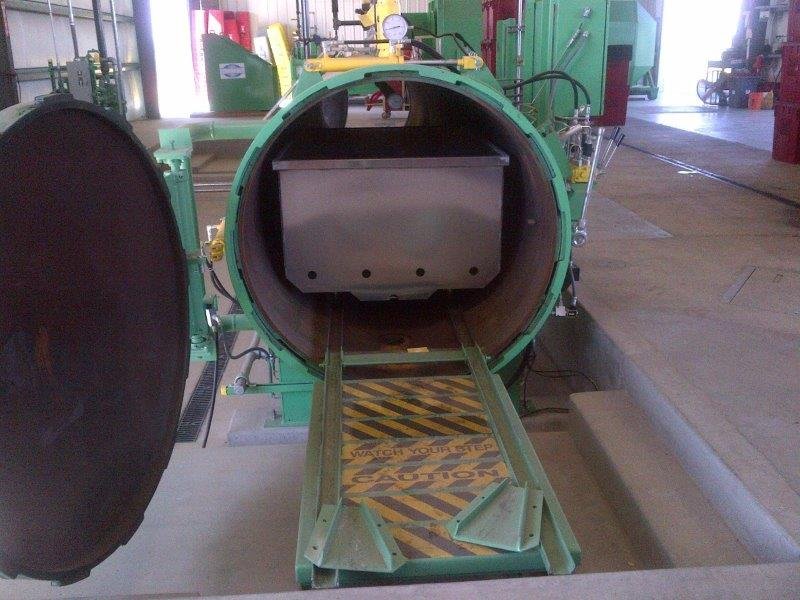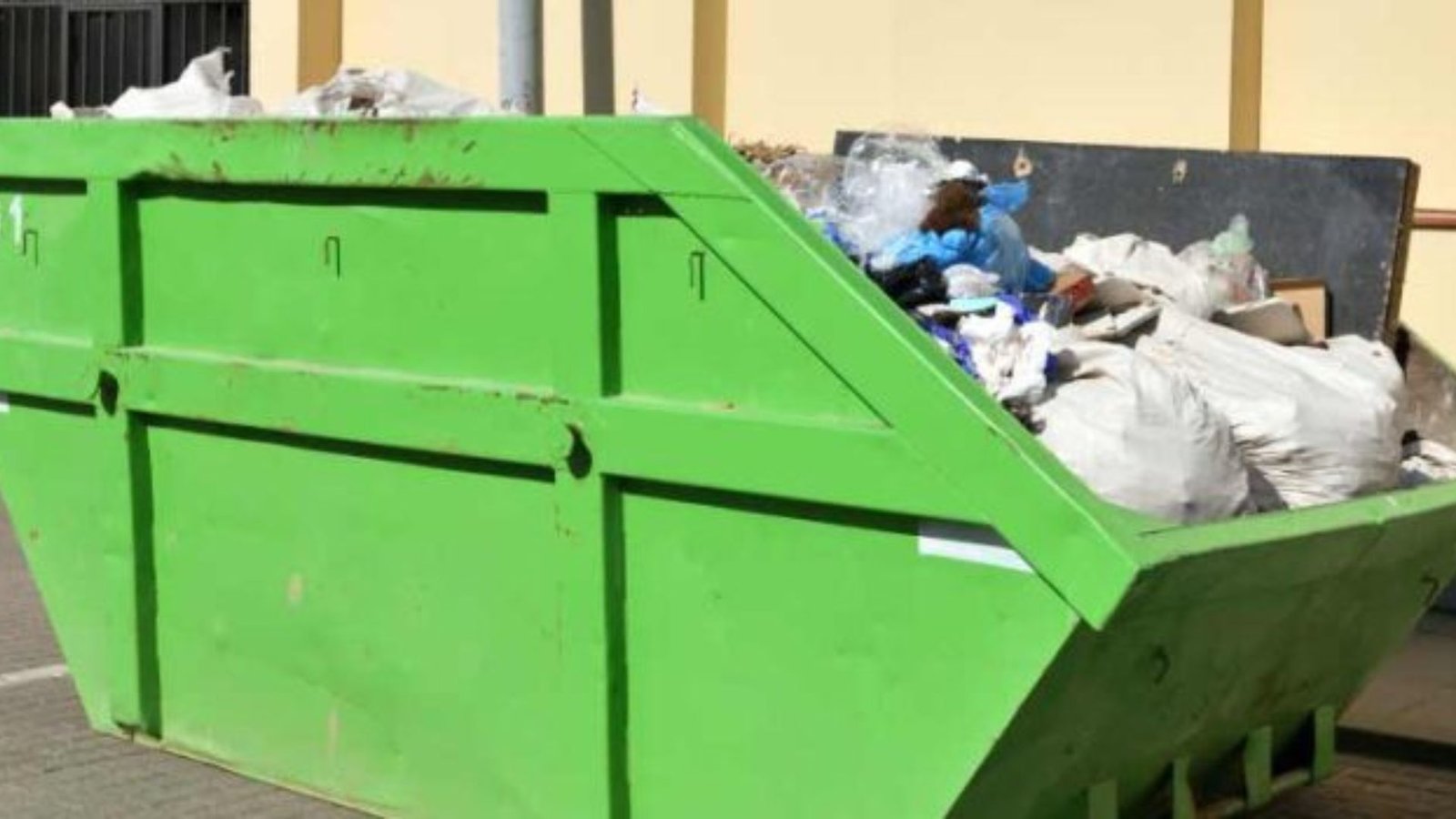Recycling waste products is essential for reducing environmental impact, conserving resources, and promoting sustainability. Whether at home, at work, or in the community, recycling effectively requires knowledge of the best practices. In this article, we’ll explore the best methods for recycling waste products to ensure maximum efficiency and environmental benefits.
1. Understand the Types of Recyclable Waste
Identifying Common Recyclables
The first step in effective recycling is identifying what can be recycled. Commonly recyclable materials include:
- Paper and Cardboard: Newspapers, magazines, and boxes can be recycled into new paper products.
- Plastics: Many plastics, especially those labeled with recycling codes 1 and 2, are recyclable and can be repurposed into new items.
- Glass: Bottles and jars made from glass can be recycled repeatedly without losing quality.
- Metal: Aluminum cans, steel products, and other metals can be recycled into new materials.
Separating Non-Recyclables
Not all materials are suitable for recycling. Items like greasy pizza boxes, plastic bags, and certain types of mixed materials can contaminate recycling batches. Proper separation of non-recyclable waste is crucial for the success of recycling programs.
2. Practice Proper Sorting Techniques
Why Sorting Matters
Sorting your recyclable waste correctly ensures that it can be processed efficiently. Most recycling centers have specific requirements for how materials should be sorted, and adhering to these guidelines can significantly enhance recycling efforts.
- Avoid Contamination: Contaminated recyclables can ruin entire batches, leading to wasted materials. Always rinse out containers and ensure that items are clean before recycling.
- Separate by Category: Many recycling programs require separation of materials into different bins (e.g., one for plastics, one for paper). Following this system helps streamline the recycling process.
Sorting at Home
To make recycling easy, set up a sorting station at home with clearly labeled bins for different materials. This helps everyone in the household participate in proper recycling practices, making it part of the daily routine.

3. Utilize Local Recycling Programs
Find Community Recycling Centers
One of the best ways to recycle waste products is by utilizing your community’s local recycling programs. Most cities and towns have drop-off points or curbside recycling for common materials like glass, paper, and plastic.
- Check What’s Accepted: Each program may accept different types of materials. It’s important to check what your local facility allows to ensure that you’re recycling the right items.
- Take Advantage of Special Events: Many communities offer special recycling events for electronics, hazardous materials, and bulky items. These programs provide an easy way to dispose of harder-to-recycle waste.
Participate in E-Waste and Hazardous Waste Programs
Electronic waste (e-waste) and hazardous waste, like batteries, paint, and chemicals, require specialized disposal methods. Many local recycling programs offer specific days or locations where you can safely recycle these items, ensuring they don’t end up in landfills.
4. Repurpose and Reuse Materials
Give New Life to Old Items
While recycling is an excellent way to reduce waste, repurposing or reusing materials can be even more impactful. Finding creative ways to reuse items cuts down on the need for new resources and reduces the overall amount of waste.
- DIY Projects: Old jars can become storage containers, used paper can be turned into crafts, and broken furniture can be restored.
- Upcycling: Upcycling transforms waste materials into new products, often with a higher value. For example, repurposing wood pallets into furniture or using old fabrics to create rugs are great examples of upcycling.
Donate Instead of Discard
Before tossing something in the recycling bin, consider whether it can be donated. Many items, including clothing, furniture, and electronics, can be donated to local charities or thrift stores, extending their lifespan and helping those in need.
5. Composting Organic Waste
Why Composting Matters
Composting is an often-overlooked method of recycling organic waste, but it’s one of the most effective ways to manage food scraps and yard waste. Composting not only reduces landfill use but also produces nutrient-rich soil that can benefit gardens and landscapes.
- Compostable Items: Fruit and vegetable scraps, coffee grounds, eggshells, grass clippings, and leaves are all perfect for composting.
- Avoid Non-Compostables: Meat, dairy, and oily foods can attract pests and are best left out of the compost pile.
Start a Composting System
Starting a composting system at home is simple. All you need is a designated compost bin, either indoors or outdoors, where you can collect your compostable waste. Regularly turn the pile to ensure proper breakdown, and in a few months, you’ll have nutrient-rich compost to use in your garden.
Conclusion
Recycling is an essential part of preserving the environment and managing waste sustainably. By understanding the types of recyclables, practicing proper sorting, using local recycling programs, repurposing items, and composting organic waste, you can make a significant impact on reducing waste. These best methods for recycling waste products not only help protect the planet but also promote a sustainable lifestyle that benefits future generations. With consistent effort, we can all contribute to a cleaner, greener world.




